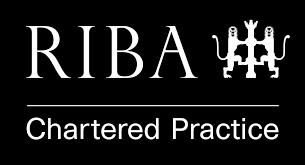How and why does a building get listed?
Buildings in the UK are listed based on their special architectural or historic interest, which can include their design, decoration, craftsmanship, and association with significant people or events. The criteria for listing include age and rarity, aesthetic merits, selectivity, and national interest.
Buildings constructed before 1700 that retain original features are likely to be listed, while those built after 1945 must be of definite architectural quality and under threat to be considered.

Listed buildings are categorised into grades based on significance, with Grade I being the highest and Grade II being the lowest. In England and Wales, Grade II* buildings are particularly important, and Grade II buildings are of special interest.
Listed building consent is required for any demolition, alteration, or extension to a listed building in the UK, and it is a criminal offence to carry out such work without first securing consent from the local planning authority. The listing protection applies to the entire building, including the interior, fixtures, fittings, and objects within the curtilage, even if they are not fixed.
De-listing is possible but rare, and emergency measures can be taken to protect buildings in danger of demolition or alteration that might affect their historic character.
Let's talk about your project




